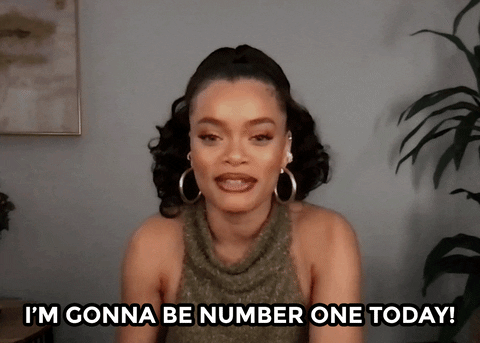Minimalist Budgeting to Maximize Your Savings
If managing your money feels overwhelming, it might be time to embrace Minimalist Budgeting. This streamlined approach to finances focuses on cutting out non-essential expenses, prioritizing savings, and aligning your spending with your values. Whether you’re a seasoned saver or just starting your financial journey, this guide will show you how to achieve more with less.
What is Minimalist Budgeting?
Minimalist Budgeting is a financial strategy designed to simplify money management by focusing only on essential expenses. By eliminating unnecessary costs, you can allocate more money toward your savings and financial goals.
Example: Instead of budgeting for multiple streaming services, dining out, and gym memberships, a minimalist budget might focus on just one streaming service, home-cooked meals, and outdoor workouts—freeing up cash for an emergency fund or investments.
This method is perfect for anyone seeking financial clarity and intentional spending.
How Minimalist Budgeting Works
- Assess Your Current Spending: Review your expenses over the past few months to identify where your money is going.
- Define Essential Expenses: Focus on necessities like housing, utilities, groceries, and transportation.
- Eliminate Non-Essentials: Cut or reduce spending on items that don’t align with your values or priorities.
- Set Financial Goals: Use the money saved from reducing non-essential expenses to build an emergency fund, pay off debt, or invest.
- Automate Savings: Arrange automatic transfers to savings or investment accounts to ensure consistency.
Benefits of Minimalist Budgeting
- Simplifies Finances: Reduces the complexity of managing multiple expenses.
- Maximizes Savings: Allocates more money to savings and investments.
- Reduces Stress: Eliminates financial clutter, creating a sense of control.
- Supports Intentional Living: Encourages spending on what truly matters.
Step-by-Step Guide to Minimalist Budgeting
Step 1: Audit Your Expenses
Look at your bank and credit card statements from the past 3-6 months. Identify patterns and categorize spending into needs and wants.
Step 2: Categorize Needs vs. Wants
- Needs: Rent, utilities, insurance, groceries, and transportation.
- Wants: Subscriptions, dining out, hobbies, and shopping.
Step 3: Cut Non-Essential Spending
Cancel or reduce items in the “wants” category. Examples include limiting dining out to once a month, canceling unused subscriptions, or opting for free entertainment.
Step 4: Create a Bare-Bones Budget
Focus on:
- Essential Expenses: Allocate funds only to necessary items.
- Savings/Investments: Set aside a significant portion of your income for financial goals.
Step 5: Track Progress
Use a simple spreadsheet or budgeting app to monitor your spending and ensure you stay on track.
Tips for Success
- Embrace Minimalism in Life: Apply minimalist principles beyond finances, such as decluttering your home.
- Avoid Impulse Purchases: Implement a 24-hour rule before buying non-essential items.
- Celebrate Small Wins: Acknowledge progress, like reaching a savings milestone.
- Find Free Alternatives: Swap paid activities for free or low-cost options, such as library memberships or outdoor workouts.
Example
Case Study: Mike adopts Minimalist Budgeting to prioritize his financial goals. By cutting unnecessary expenses like daily coffee runs and premium gym memberships, he saves $400 per month. He uses this extra money to pay off credit card debt and build an emergency fund.
Tools and Resources for Minimalist Budgeting
- Budgeting Apps: Mint, YNAB, or PocketGuard for simple tracking.
- High-Yield Savings Accounts: Maximize returns on your savings.
- Minimalist Guides: Books or blogs on minimalism to inspire intentional living.
FAQ Section
What is the difference between minimalist budgeting and frugality?
Minimalist budgeting focuses on aligning spending with values and goals, while frugality emphasizes cutting costs in all areas.
How can I stick to a minimalist budget without feeling deprived?
Focus on spending intentionally and prioritize what brings you joy or aligns with your goals.
Can I apply minimalist budgeting with a family?
Yes! Involve your family in discussions about priorities and simplify shared expenses.
Create Your Minimalist Budget
Are you ready to simplify your finances and focus on what truly matters? Start your Minimalist Budgeting journey today with our free Bare-Bones Budget Template. For more tips, check out our guide on The 50/30/20 Rule or explore Zero-Based Budgeting.
With Minimalist Budgeting, you can achieve financial clarity, reduce stress, and save more—all while living a more intentional life. Start now!






